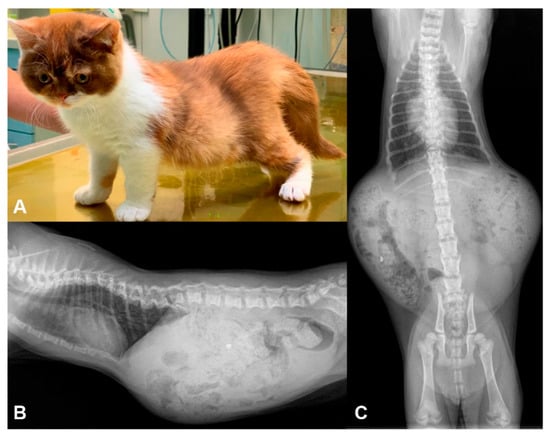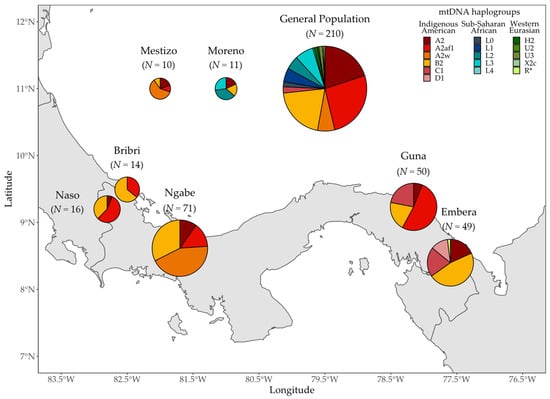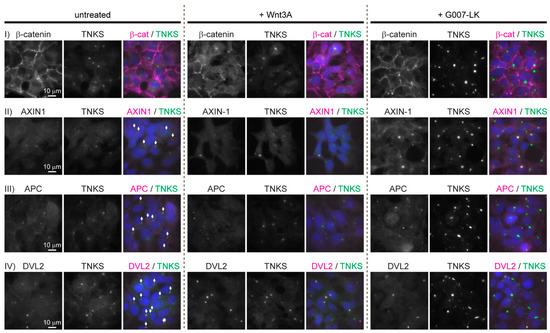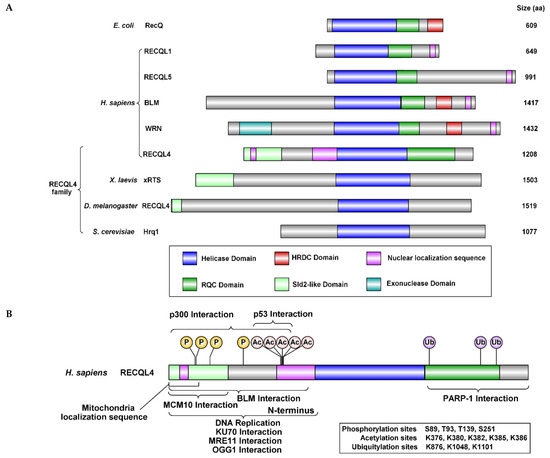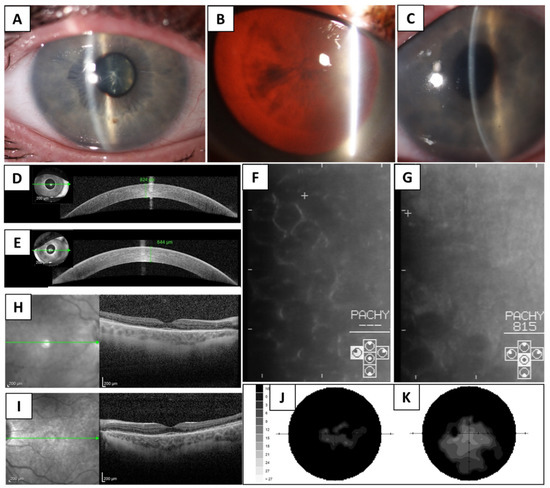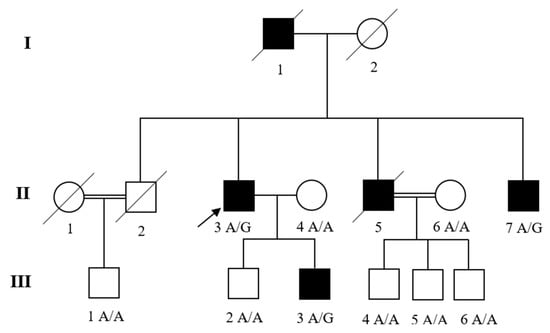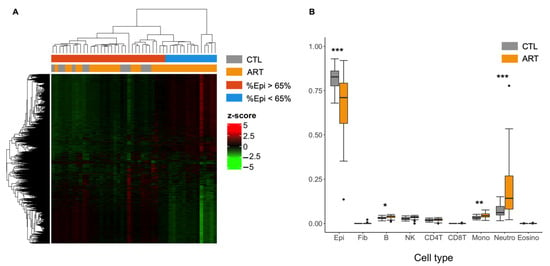1
Department of Applied Chemistry and Biochemistry, National Institute of Technology (KOSEN), Wakayama College, Gobo 644-0023, Japan
2
Graduate School of Sciences, The University of Tokyo, Bunkyo-ku, Tokyo 113-0033, Japan
3
The University Museum, The University of Tokyo, Tokyo 113-0033, Japan
4
Marine Biological Science Section, Education and Research Center for Biological Resources, Faculty of Life and Environmental Science, Shimane University, Unnan 685-0024, Japan
5
Graduate School of Science, Hokkaido University, Sapporo 060-0810, Japan
6
Department of Life Sciences, School of Agriculture, Meiji University, Kawasaki 214-8571, Japan
7
Faculty of Animal Health Technology, Yamazaki University of Animal Health Technology, Hachiouji 192-0364, Japan
8
Graduate School of Agriculture and Life Sciences, The University of Tokyo, Yayoi, Tokyo 113-8657, Japan
9
Shimoda Marine Research Center, University of Tsukuba, Shimoda 415-0025, Japan
10
Center for Information Biology, National Institute of Genetics, Mishima 411-8540, Japan
Genes 2021, 12(12), 1925; https://doi.org/10.3390/genes12121925 - 29 Nov 2021
Cited by 9 | Viewed by 4589
Abstract
Despite being a member of the shelled mollusks (Conchiferans), most members of extant cephalopods have lost their external biomineralized shells, except for the basally diverging Nautilids. Here, we report the result of our study to identify major Shell Matrix Proteins and their domains
[...] Read more.
Despite being a member of the shelled mollusks (Conchiferans), most members of extant cephalopods have lost their external biomineralized shells, except for the basally diverging Nautilids. Here, we report the result of our study to identify major Shell Matrix Proteins and their domains in the Nautilid Nautilus pompilius, in order to gain a general insight into the evolution of Conchiferan Shell Matrix Proteins. In order to do so, we performed a multiomics study on the shell of N. pompilius, by conducting transcriptomics of its mantle tissue and proteomics of its shell matrix. Analyses of obtained data identified 61 distinct shell-specific sequences. Of the successfully annotated 27 sequences, protein domains were predicted in 19. Comparative analysis of Nautilus sequences with four Conchiferans for which Shell Matrix Protein data were available (the pacific oyster, the pearl oyster, the limpet and the Euhadra snail) revealed that three proteins and six protein domains were conserved in all Conchiferans. Interestingly, when the terrestrial Euhadra snail was excluded, another five proteins and six protein domains were found to be shared among the four marine Conchiferans. Phylogenetic analyses indicated that most of these proteins and domains were probably present in the ancestral Conchiferan, but employed in shell formation later and independently in most clades. Even though further studies utilizing deeper sequencing techniques to obtain genome and full-length sequences, and functional analyses, must be carried out in the future, our results here provide important pieces of information for the elucidation of the evolution of Conchiferan shells at the molecular level.
Full article
(This article belongs to the Special Issue The Evolution of Invertebrate Animals)
▼
Show Figures



